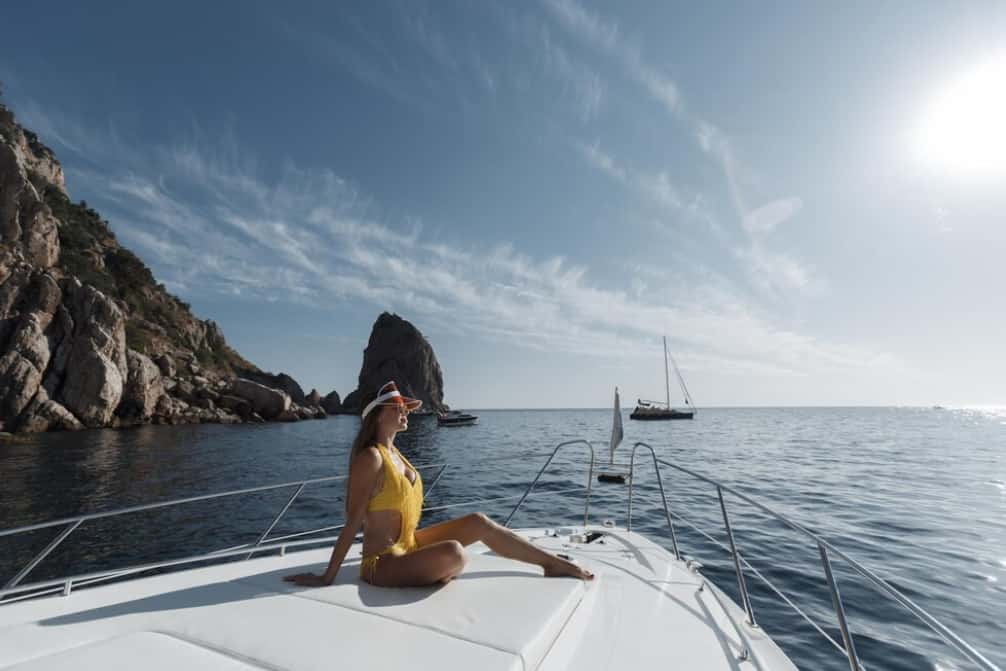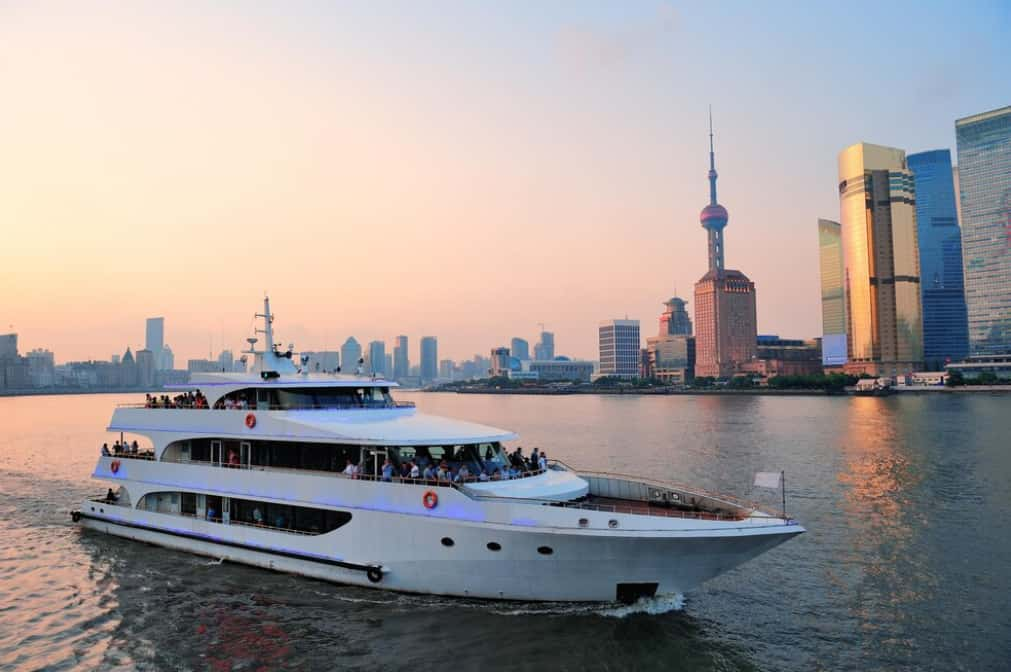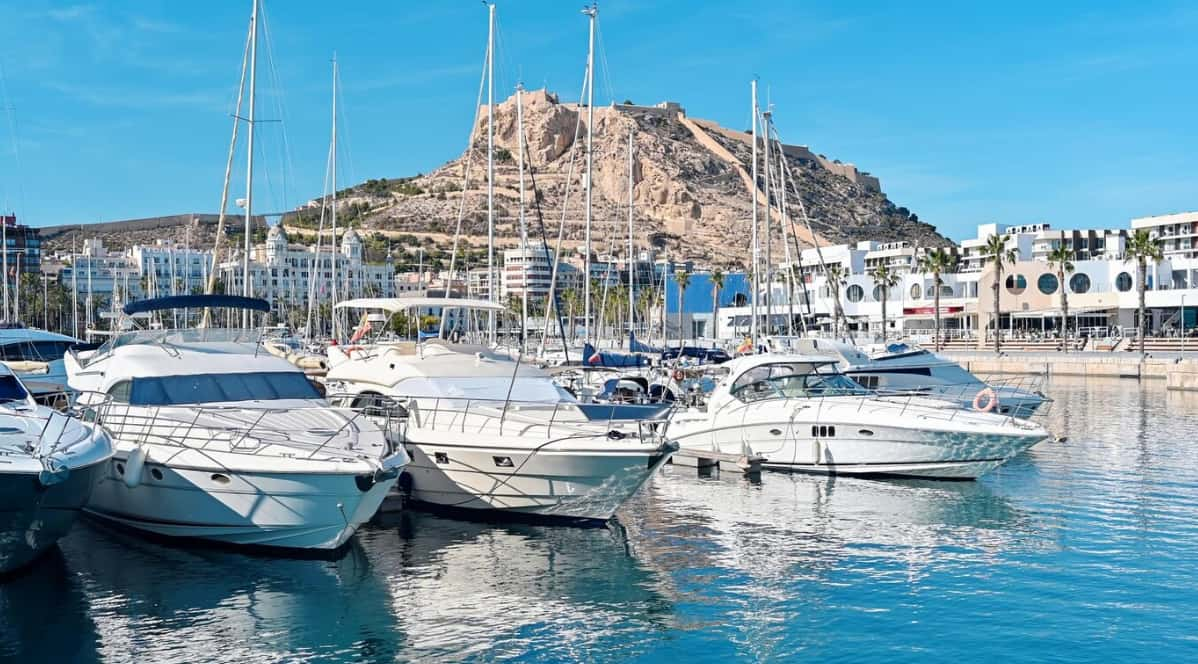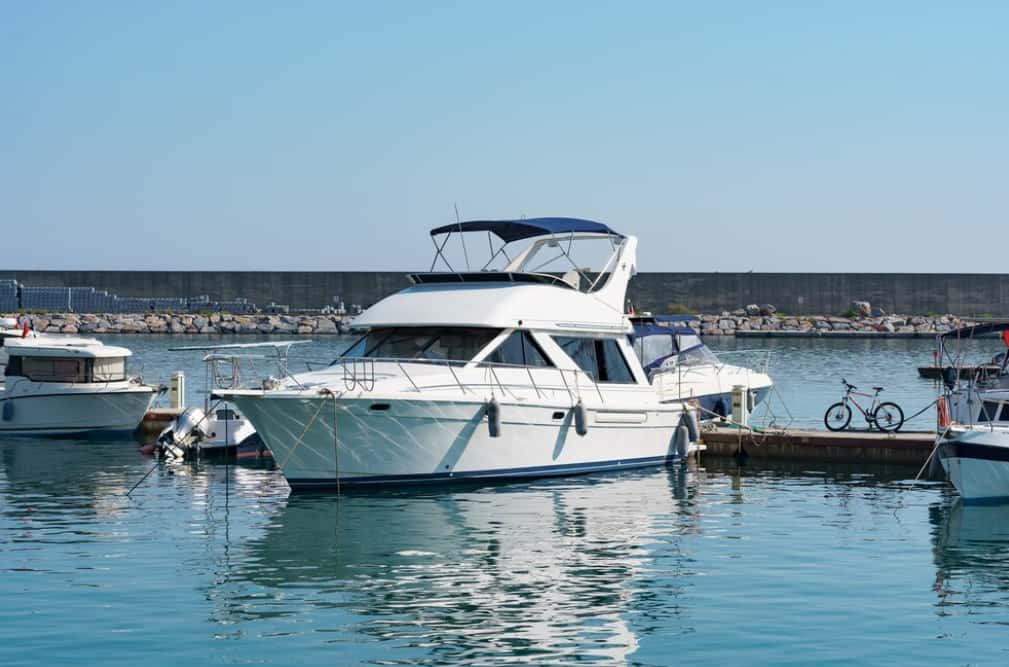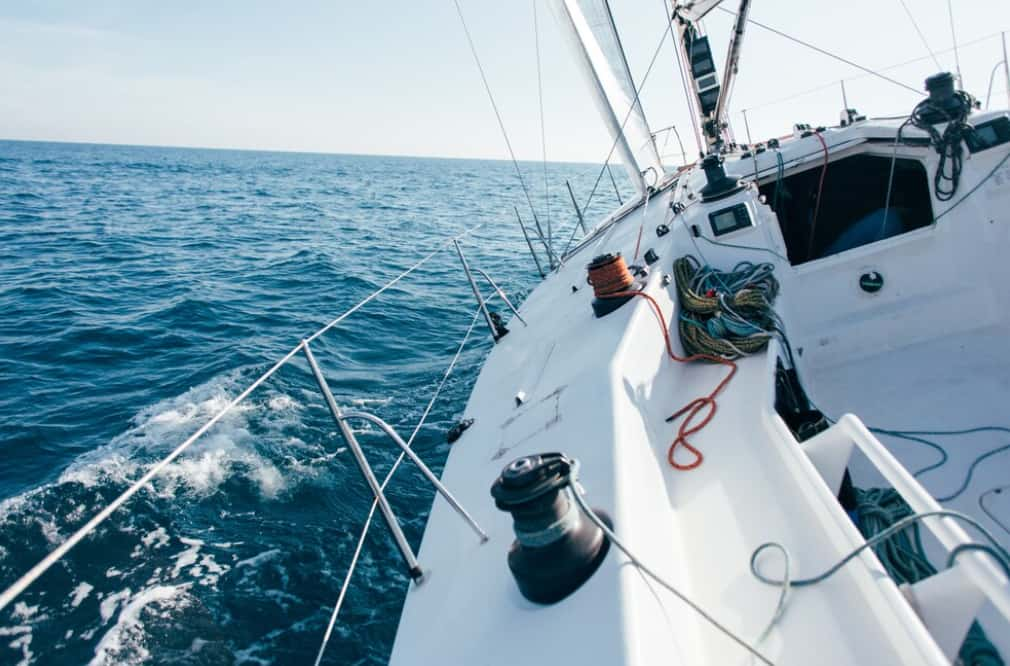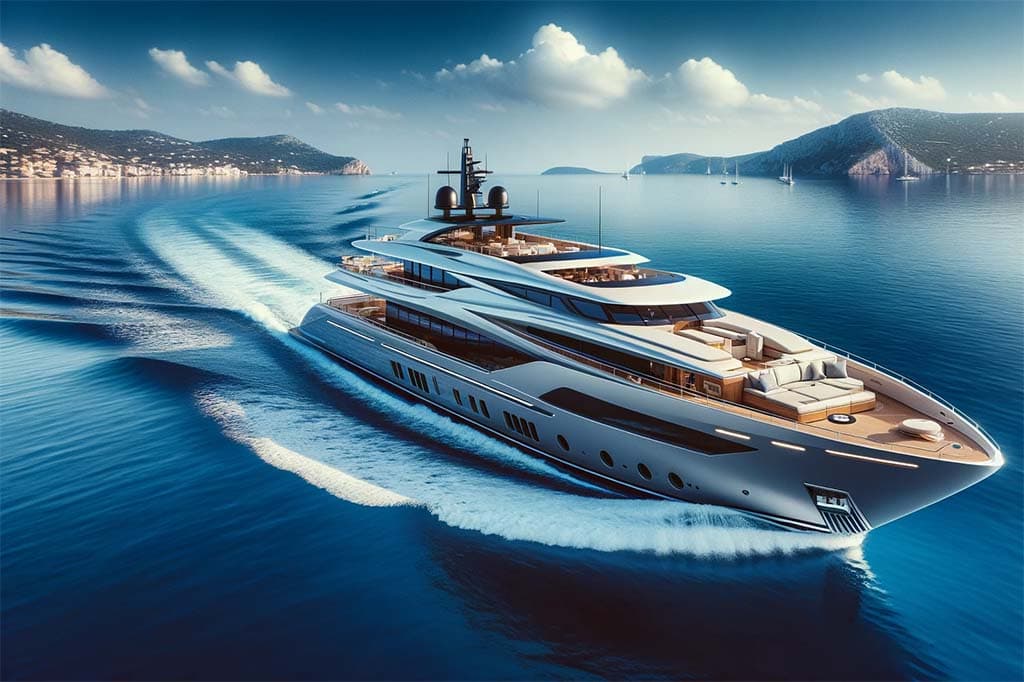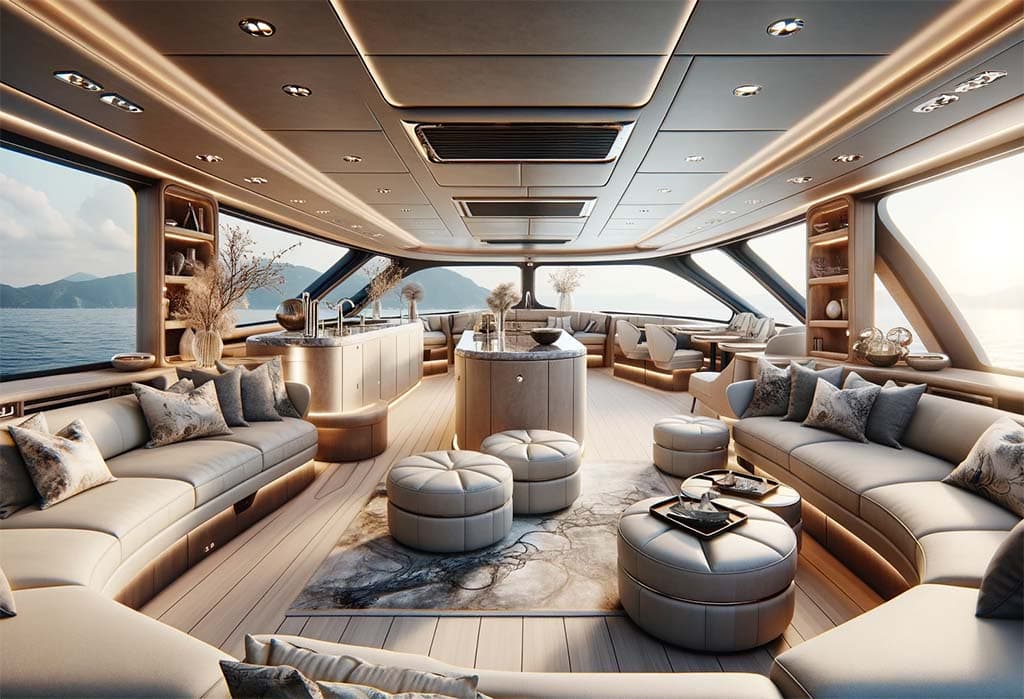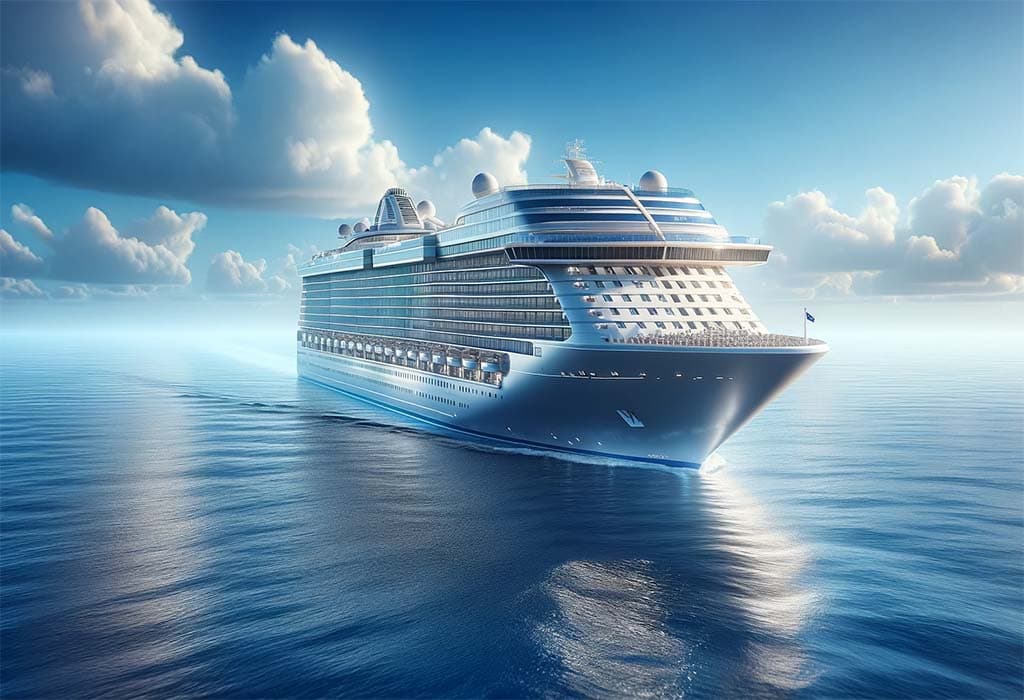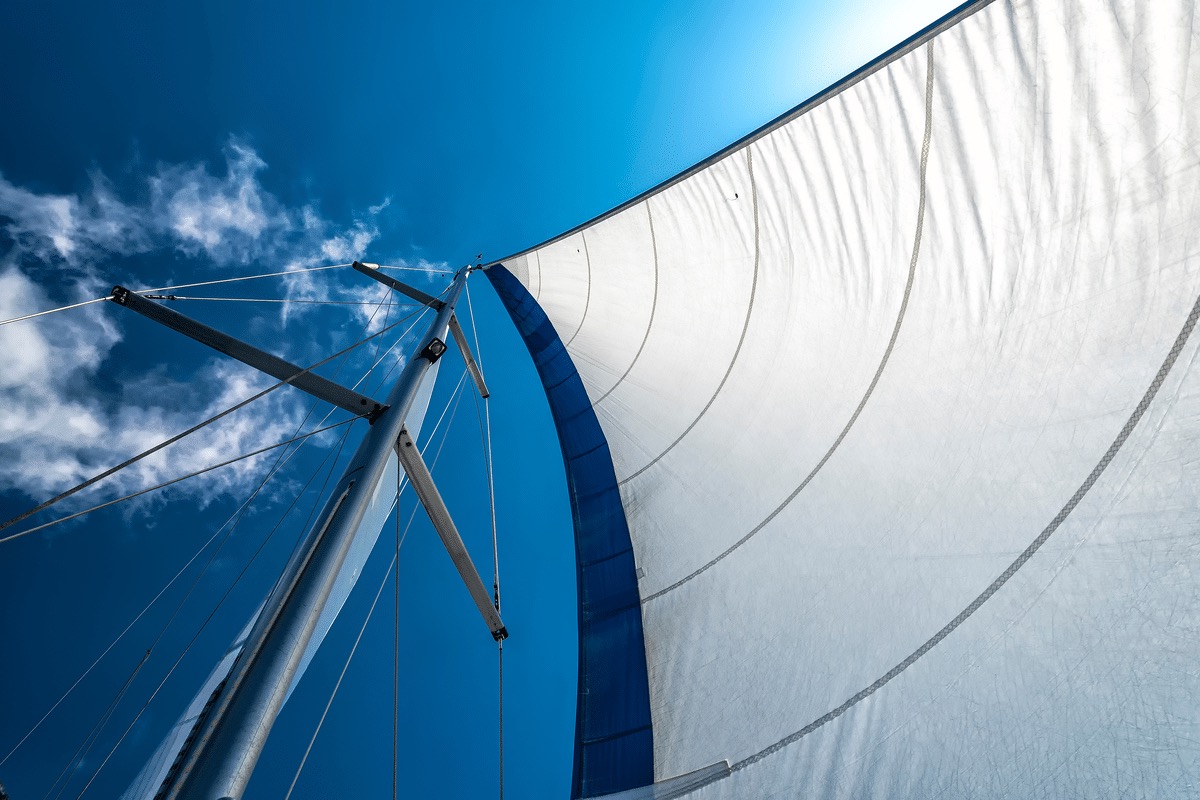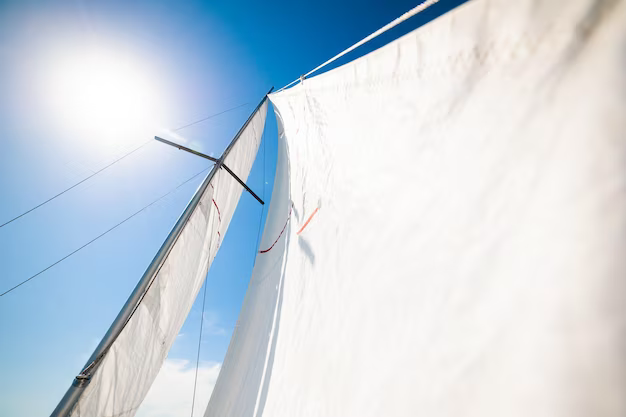Styling Guide: What to Wear to a Yacht Party
Exploring the Concept of a Yacht Party
Yacht parties are a sophisticated form of social engagement where people convene to enjoy each other’s company in an upscale maritime setting. These gatherings provide the quintessential backdrop to showcase your fashion sense through classy ensembles, luxuriant sunglasses, and elegant accessories. Yacht parties offer the quintessence of a balanced social experience by coupling engaging conversations, soul-stirring music, and moments of adventure with a tranquil escape from worldly hustle. Navigating the glamorous world of yacht parties involves not only choosing the perfect ensemble but also understanding the intriguing lifestyle, as embodied by the term “yacht girl.”
Significance of Dressing Right for Yacht Parties
Yacht parties have become a staple in the social scene, attracting individuals of varying age brackets for casual and formal occasions alike. Choosing the right attire for these unique parties can strongly influence one’s comfort, confidence, and overall experience. Undeniably, the question of “What to wear to a yacht party?” is all too common, as are queries about matching accessories and creating a memorable look. To assist in navigating through such questions, this guide aims to provide comprehensive guidance on yacht party attire.
Considerations in Selecting an Outfit
When selecting an outfit, key factors to consider include the type of party (casual or formal) and its timing (daytime or nighttime). For instance:
- At formal yacht parties, women typically wear tea- or floor-length gowns, and men don a dark suit with a white dress shirt;
- For casual gatherings, women might opt for a stylish top with jeans, and men could pair jeans or shorts with casual shirts or t-shirts;
- The time of day and season may also affect your outfit.
Keys to Nailing a Trendy Look
To create a stand-out look for any party, consider these three essential C’s:
- Comfort: Choose comfortable fabrics and adaptable designs to ensure your full attention to the party;
- Creativity: Experiment with different prints, patterns, and materials to discover what looks best on you;
- Class: Elegance doesn’t necessarily mean spending extravagantly. Classic colors, fine patterns, and the right accessories can elevate your look.
Day-time Yacht Party Outfits for Women

Various attractive attire options for women include:
- Stylish tops with jeans: Pair high-waisted pants with crop tops or go for ripped jeans for a chic look;
- Jumpsuits and rompers: These are an instant style statement. Choose loose-fitting, patterned jumpsuits or rompers for relaxed yet trendy attire;
- Shorts and skirts: Pair a midi skirt with a fitted blouse or high-waisted shorts with trendy tops for a fun look;
- Swimsuits and Bikinis: Perfect for parties combined with a relaxing dip, easily layered swimsuits are always a great option.
Night-time Yacht Party Clothing for Women
Some dress options for nighttime yacht parties are:
- Cocktail Dresses: Exude elegance with a cocktail dress. Opt for floral prints or deep jewel tones to complement the night sky;
- Informal Three Piece: Pair a bikini with skirts, shorts, shrugs, coats, or jackets. This versatile outfit is fitting for office yacht parties too;
- Jackets and Coats: For winter parties, warm and stylish jackets or coats are a necessity.
Men’s Yacht Party Outfit Ideas
For men, consider the following options:
- Shirts and T-shirts: Plain or casual colors in polo, sleeveless or Henley t-shirts, or check and striped shirts are great choices;
- Jeans and Trousers: Opt for comfortable party trousers in white, navy, cream, or black. Slim-fitting jeans also pair well with casual t-shirts;
- Shorts: Show off your legs with tailored shorts in polka dots, denim, or linen.
Common Pitfalls to Avoid
Avoid these common missteps when dressing for a yacht party:
- Steering clear of uncomfortable and tight clothes;
- Not wearing heels due to the slipperiness of the boat deck;
- Neglecting to carry jackets or coats for late-night parties;
- Being cautious about the fabric choice, preferably opting for cotton or linen.
Essential Items to Bring to a Yacht Party
Don’t forget these must-haves for your yacht party:
- Hats and Sunglasses;
- Sunscreen;
- Swimsuit and Towel;
- Extra attire and footwear;
- Sweater and Jacket;
- Charger or Power-Bank;
- First Aid Kit;
- Camera.
Packing the Perfect Yacht Party Bag
In crafting the ideal ensemble for a yacht party, transcending the realm of mere essentials unveils a realm of thoughtful considerations that can elevate your maritime escapade to unparalleled heights. Beyond the fundamental must-haves, it is prudent to delve into the realm of supplementary provisions, adding layers of convenience and enjoyment to the nautical revelry. Among the rudimentary additions are often overlooked yet indispensable items such as lip balm and tissues, subtle yet impactful in maintaining comfort amidst the sea breeze. Venturing further into the spectrum of discretionary inclusions, one might contemplate stowing away a captivating book, providing an oasis of literary retreat against the backdrop of the azure expanse. Alternatively, the harmonious strains of a portable music player can transform moments of solitude into an intimate symphony, enhancing the sun-soaked solitude. In the symphony of yacht party preparations, these nuanced considerations transform the mundane into the extraordinary, ensuring a seamless and gratifying sojourn on the open waters.
Top Tips for Yacht Party Etiquette

As yacht parties can sometimes be a bit different from regular parties, it’s important to know some basic yacht party etiquette. This could include rules about bringing your own drinks, respecting the captain and the crew, the use of shoes onboard, and being mindful of the boat’s cleanliness.
Conclusion
In summary, attending a yacht party demands a blend of comfort, style, and practicality in your outfit choices. Whether it’s a daytime soirée under the sun or a sophisticated nighttime gathering, your attire should resonate with the occasion’s vibe. From breezy linen pants to dazzling cocktail dresses, the options are abundant. Bear in mind the significance of accessories and essential items to enhance your overall yacht party experience. So next time you’re invited to a yacht party, leverage these tips to not only look your absolute best but also to ensure an unforgettable maritime festivity.
FAQs
The dress code varies depending on the nature and locale of the party. However, comfort, lightness, and classiness are universally preferred.
Opt for light and pastel hues during daytime, like blue, yellow, lavender, peach, or pink. Darker colors like navy or black are more suitable for nighttime events.
The boat deck’s surface can be slippery, making heels a risky choice. If you must wear heels, opt for ones with minimal height and pair them with flats or shoes.

